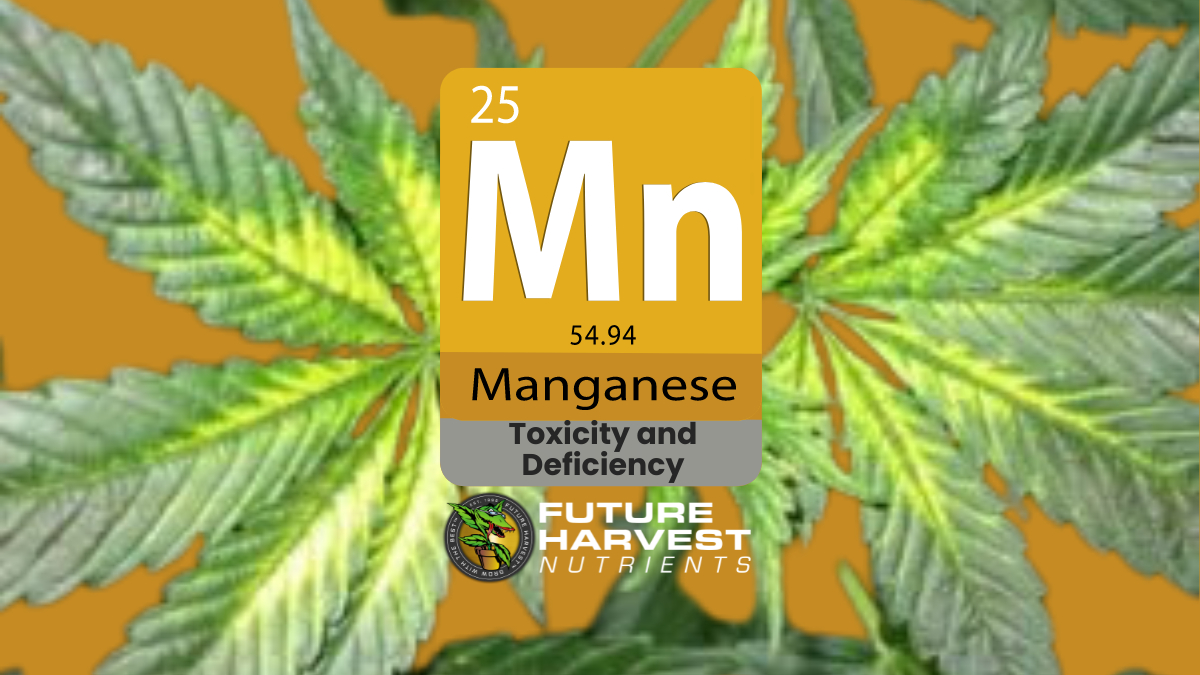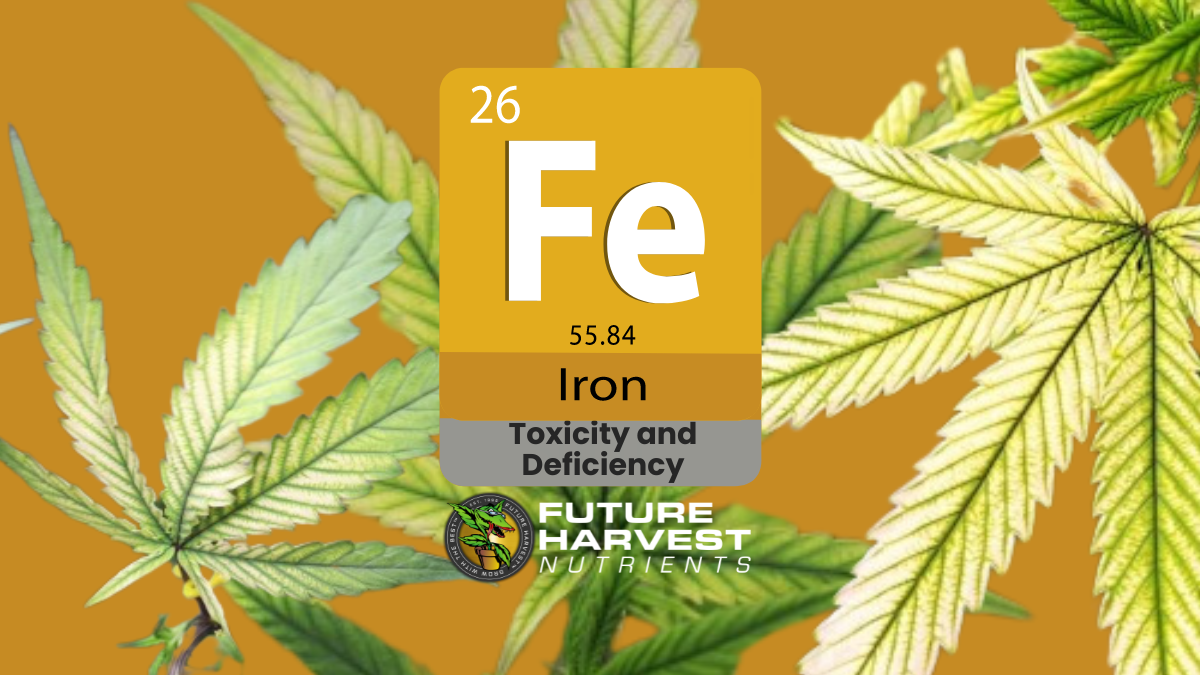Nostalgia vs. Nutrition: The Real Story of Food Safety Over the Ages

Many people yearn for a simpler time when our food was free from "chemikillz". It’s easy to make the assumption that crops grown by hand — supposedly without the use of fertilizers and pesticides — are safer. The reality is more complicated.
Pesticides Used 100 Years ago were Downright Nasty
Everyone has heard of DDT. It was a miracle bug killer when it jumped on the scene in the 1940s, only to be completely banned a few decades after it was found to be very toxic and carcinogenic. DDT was not the first pesticide, however. It was a replacement for lead arsenate, as it was more effective and less toxic. To this day, there are orchards contaminated with levels of lead and arsenic 50 times levels considered safe that originate from lead arsenate pesticides. Nicotine sulfate was also used at this time. Though highly toxic, it doesn't persist in the environment. Rotenone comes from the roots of several tropical plants and is effective for controlling insects. While not dangerous to humans, it is extremely toxic to fish.
Natural Chemicals can be Dangerous Too
Crops can get contaminated with mould. These can be pathogens or can grow on the crop after harvest has taken place. These moulds produce mycotoxins, the term is very wide since there's a large number of chemicals from a large number of species. They can vary widely in their symptoms from a simple upset stomach to fatalities. It is still a problem in modern times but a varied diet and better screening of contaminated food had made poisoning less common than in the past.
A better understanding of toxicology and plant breeding has allowed for the removal of several toxic compounds from plants through genetics. Amygdalin is a cyanide compound found in the seeds of stone fruit. Almonds are a variety of peach in which the seeds are eaten and so it was necessary to produce varieties which have low levels of amygdalin order to have a safe product. Similarly potatoes have a toxic alkaloid solanine, which has to be considered when a new variety is being released on the market.

*Did you know?*
Ergot is a parasitic fungus infecting rye grain and produces an alkaloid very similar to LSD. Outbreaks were a huge problem in the middle ages and poisoning from infected grain was commonplace. There is some speculation that hysteria over witchcraft common to that era was a byproduct of hallucinations from ergot poisoning.

Fertilizer Derived From Animal Waste can Contain Pathogens
For millennia the options for fertilizer were extremely limited; ash leftover from burning of wood, slag as a byproduct of ironworking, a few minerals such as limestone and of course manure. Humans have a natural aversion for manure and with good reason as it can contain any number of pathogens such as Salmonella, E. coli, Campylobacter jejuni, Vibrio cholerae, as well as any number of parasites and viruses. It’s easy for food crops to become contaminated with these pathogens if they are grown in soil containing manure. Crops such as lettuce which is low to the ground is particularly susceptible as contaminated soil can make its way onto the plant.
In the modern era manure is still used to some degree but it is usually composted first which means the temperature is greatly increased during the decomposition which helps to control the numbers of the pathogens. This method is not foolproof however.
*Did you know?*
One of the first large scale industrial fertilizers was bone meal derived from bison. The animals were slaughtered and most of the carcass was left to rot where they died. A few years later the settlers would gather up the bones and they were shipped to factories in eastern North America where they were ground up and then sold back to the settlers as fertilizer.

The Hazards of Soil Erosion
While this point is not a direct problem of eating contaminated food like the previous ones, these practices of the past did have a very significant effect on health for millions of people.
Before modern herbicides, the only way to control weeds was by tilling the soil. A farmer might grow crops on a parcel of land for 2 or 3 years and then take it out of production for a year and work the ground so that the population of weeds wouldn't get out of control. In the 1930s a major drought hit and without any plant life to hold the hold the soil in place it blew away into the atmosphere. The resulting dust blew all over the North American continent the worst areas being in the Great Plains where the erosion was the most extensive. The dust caused respiratory tract diseases and the environmental degradation as a whole contributed to all around malnutrition since crops would fail. Eventually better methods of soil conservation were implemented and today a minimum tillage method is used which erodes the soil very little.

This blog centers around plant nutrition and so I don't want to veer off too far in other directions, but briefly there are a number of other points that could be discussed outside of this area of study.
- Better food preservation leads to less food poisoning, especially when it comes to dairy.
- Less spoilage because of refrigeration.
- More varied diet translates to all around better nutrition.
In short, food in the modern era is not perfect. There is still contamination from hazardous chemicals (such as the melamine contamination in Chinese baby formula) and from pathogenic bacteria. However the food supply is far safer than it was 100 years ago.
Leave A Reply
Your email address will not be published. Required fields are marked *


